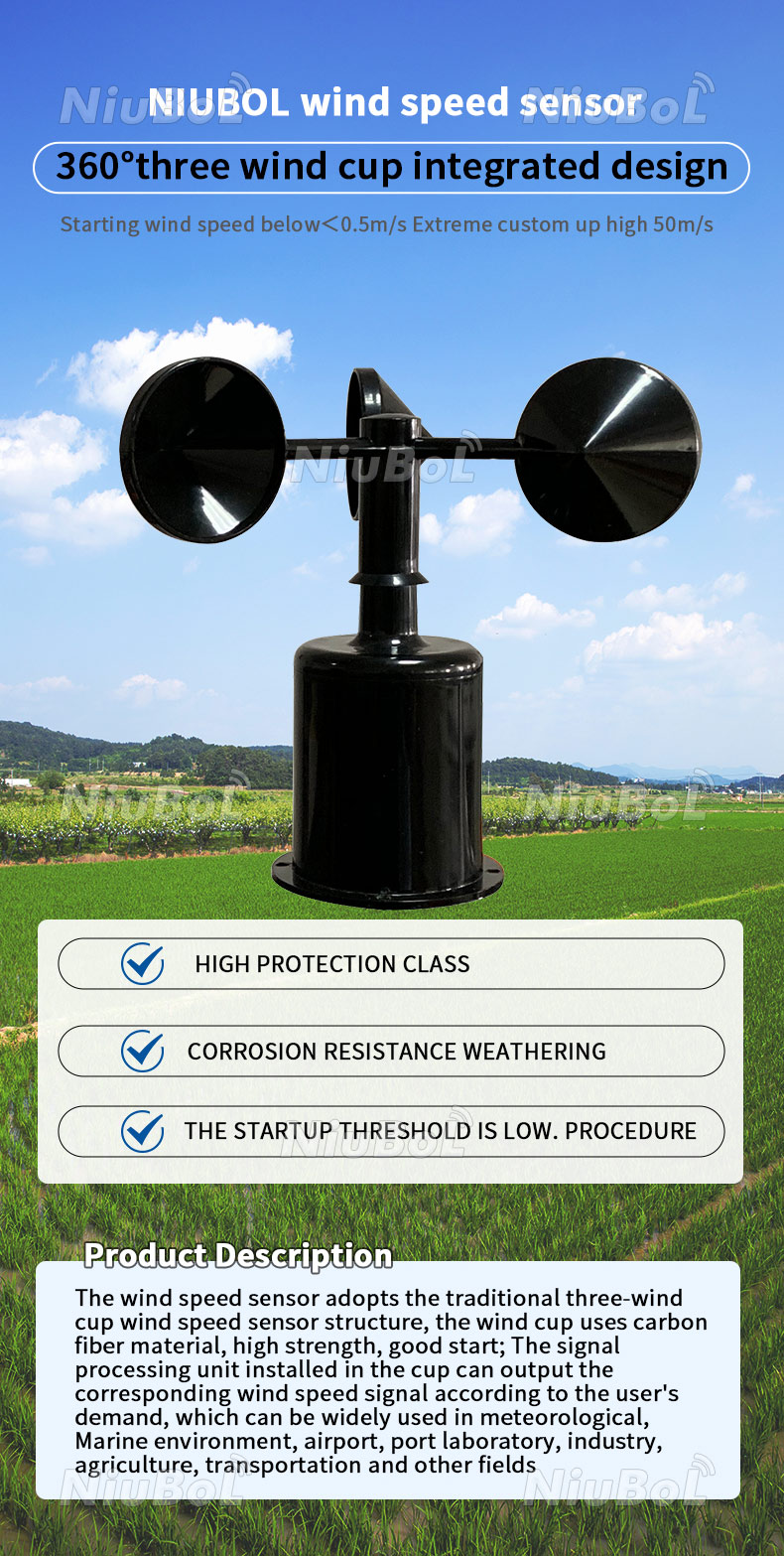How an Anemometer Can Boost Your Weather Monitoring System
How an Anemometer Can Boost Your Weather Monitoring System
Blog Article
Anemometers Introduced: Comprehending Their Importance in Ecological Surveillance and Safety And Security Procedures
The function of anemometers in environmental surveillance and precaution is usually undervalued, yet their relevance is undeniable. These tools have a long background rooted in clinical questions and technological advancements, developing to end up being vital devices in numerous fields. From meteorology to air travel safety, anemometers play an essential function in offering exact information that notifies decision-making processes and boosts general security. Understanding the ins and outs of anemometers introduces a globe of essential insights that are basic to our understanding of the environment and the measures we take to make certain safety.
Background of Anemometers
The development of anemometers can be mapped back to the ancient people where fundamental wind determining gadgets were initial utilized. One of the earliest known anemometers was the hemispherical cup anemometer developed by Leon Battista Alberti in the 15th century.
Over the years, developments in innovation led to the growth of more modern-day anemometers, including ultrasonic anemometers and laser Doppler anemometers, providing enhanced precision and effectiveness in measuring wind rate and instructions. The background of anemometers showcases an exceptional journey of technology and development in the area of weather forecasting.
Sorts Of Anemometers
Throughout the area of meteorology, numerous sorts of anemometers have been developed to accurately measure wind speed and direction. One of the most usual type is the mug anemometer, which contains 3 or 4 mugs mounted on straight arms that rotate with the wind. As the cups spin, the rate at which they rotate is straight proportional to the wind speed. An additional widely made use of kind is the vane anemometer, which features a tail or fin that aligns itself with the wind instructions. This alignment allows the tool to establish the wind direction. Sonic anemometers utilize ultrasonic signals to determine wind speed and direction properly. They are commonly used in research study applications as a result of their high precision. Hot-wire anemometers run based on the principle that the cooling impact of wind on a heated wire is symmetrical to the wind speed. These anemometers appropriate for determining reduced wind rates with high accuracy. Each kind of anemometer has its staminas and is chosen based upon the specific demands of the surveillance task at hand.
Applications in Meteorology
Having reviewed the numerous kinds of anemometers used in meteorology for measuring wind rate and direction, it is important to discover their practical applications in the field. Anemometers play an important role in meteorology by offering real-time and precise information on wind conditions (anemometer). Meteorologists make use of anemometers to keep an eye on wind rate and direction to anticipate weather condition patterns, problem cautions for severe weather condition events like storms, tornados, and hurricanes, and examine climatic conditions for air travel safety
In meteorology, anemometers assist in understanding regional and local wind patterns, which are original site vital for predicting weather condition changes and establishing climatic patterns. These gadgets are additionally utilized in research study to study microclimates, urban warmth islands, and air contamination dispersion. Furthermore, anemometers are utilized in farming to enhance plant management techniques, such as watering and chemical application, based upon wind problems.
Relevance in Aviation Safety And Security
An indispensable facet of making certain aviation safety and security exists in the careful surveillance of wind conditions using anemometers. Anemometers play a vital role in aeronautics by providing real-time data on wind speed and instructions, aiding pilots in making informed decisions throughout landing, trip, and take-off. Uncertain and strong winds can substantially impact airplane operations, making it vital for air travel authorities to count on accurate wind dimensions to make certain the security of passengers and team.

In the vibrant setting of aviation, where also small changes in wind rate and direction can have extensive impacts, anemometers stand as crucial tools for advertising safe and secure flight.
Function in Environmental Study
How do anemometers add to advancements in environmental study? Anemometers play a vital duty in environmental study by providing necessary information on wind speed and direction. This details is important for comprehending various climatic procedures, such as air pollution diffusion, weather condition patterns, and environment adjustment. By accurately measuring wind characteristics, anemometers assist scientists assess the activity of pollutants in the air, analyze the impact of industrial emissions, and predict the spread of pollutants in you can find out more the atmosphere.


Verdict
In conclusion, anemometers have played an important role in ecological monitoring and safety and security procedures. Understanding the relevance of anemometers click for more info is vital for accurately determining wind speed and instructions, which is vital for anticipating weather patterns, guaranteeing secure air travel procedures, and conducting ecological researches.
One of the earliest recognized anemometers was the hemispherical mug anemometer created by Leon Battista Alberti in the 15th century. Over the years, advancements in innovation led to the development of more contemporary anemometers, consisting of ultrasonic anemometers and laser Doppler anemometers, providing raised precision and effectiveness in gauging wind rate and instructions. Hot-wire anemometers run based on the principle that the cooling impact of wind on a warmed wire is proportional to the wind speed. Meteorologists make use of anemometers to keep track of wind speed and direction to anticipate climate patterns, problem cautions for serious weather condition occasions like tornados, hurricanes, and tornadoes, and analyze atmospheric conditions for air travel safety and security.
Understanding the relevance of anemometers is crucial for accurately measuring wind speed and direction, which is important for anticipating weather condition patterns, making certain secure aeronautics procedures, and carrying out environmental research studies. (anemometer)
Report this page